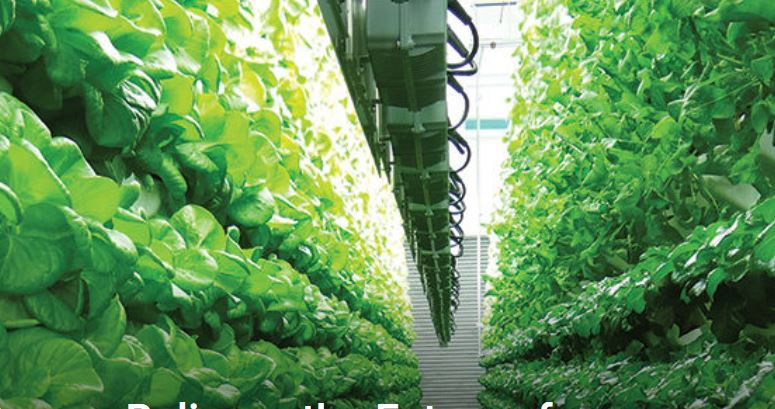Future of Farming Is “Up in the Air”
go.ncsu.edu/readext?586632
en Español / em Português
El inglés es el idioma de control de esta página. En la medida en que haya algún conflicto entre la traducción al inglés y la traducción, el inglés prevalece.
Al hacer clic en el enlace de traducción se activa un servicio de traducción gratuito para convertir la página al español. Al igual que con cualquier traducción por Internet, la conversión no es sensible al contexto y puede que no traduzca el texto en su significado original. NC State Extension no garantiza la exactitud del texto traducido. Por favor, tenga en cuenta que algunas aplicaciones y/o servicios pueden no funcionar como se espera cuando se traducen.
Português
Inglês é o idioma de controle desta página. Na medida que haja algum conflito entre o texto original em Inglês e a tradução, o Inglês prevalece.
Ao clicar no link de tradução, um serviço gratuito de tradução será ativado para converter a página para o Português. Como em qualquer tradução pela internet, a conversão não é sensivel ao contexto e pode não ocorrer a tradução para o significado orginal. O serviço de Extensão da Carolina do Norte (NC State Extension) não garante a exatidão do texto traduzido. Por favor, observe que algumas funções ou serviços podem não funcionar como esperado após a tradução.
English
English is the controlling language of this page. To the extent there is any conflict between the English text and the translation, English controls.
Clicking on the translation link activates a free translation service to convert the page to Spanish. As with any Internet translation, the conversion is not context-sensitive and may not translate the text to its original meaning. NC State Extension does not guarantee the accuracy of the translated text. Please note that some applications and/or services may not function as expected when translated.
Collapse ▲Taryn Phaneuf | 2/26/2019 | Minneinno via HortDaily
On a farm in Faribault, Minnesota, set indoors and covering 60,000 square feet, salad greens and herbs grow in planters stacked vertically like bookshelves. Living Greens Farm can grow vegetables at a scale similar to a conventional farm with hundreds of acres, and a recent expansion allows the company to reach commercial-scale production.
That brings more locally grown butter lettuce, romaine, basil, and a handful of “microgreens,” including baby kale and arugula to grocery stores like Walmart, Hyvee, and Cub Foods across Minnesota, Wisconsin, North and South Dakota, and Iowa, CEO Dana Anderson said.
The company’s expansion in February makes room for more processing capacity. It’s releasing new products including chopped and bagged salads that compete with conventional counterparts supplying greens to the Midwest in winter from California and Arizona.

Photo credit: Living Greens Farm
Living Greens uses a method known as aeroponics. That means plants grow outside the soil, with roots exposed so that nutrients can be applied directly to them. They can grow greens year-round in an inhospitable winter climate like Minnesota because of the amount of control they have over the indoor growing environment, from light to temperature to humidity.
“Our patented growing technology has changed the game of aeroponics, within one year our new farm will save 24 million gallons of water and several hundred thousand miles of shipping – saving over 35,000 gallons of diesel and nearly a million pounds of CO2 emissions,” Anderson said in a recent news release about the new grow room. “With our third grow room, Living Greens Farm will nearly triple its capacity, move into major market segments and position the company for even stronger growth in 2019. The expansion places Living Greens as the world’s largest vertical plane aeroponic farm in the world.”


